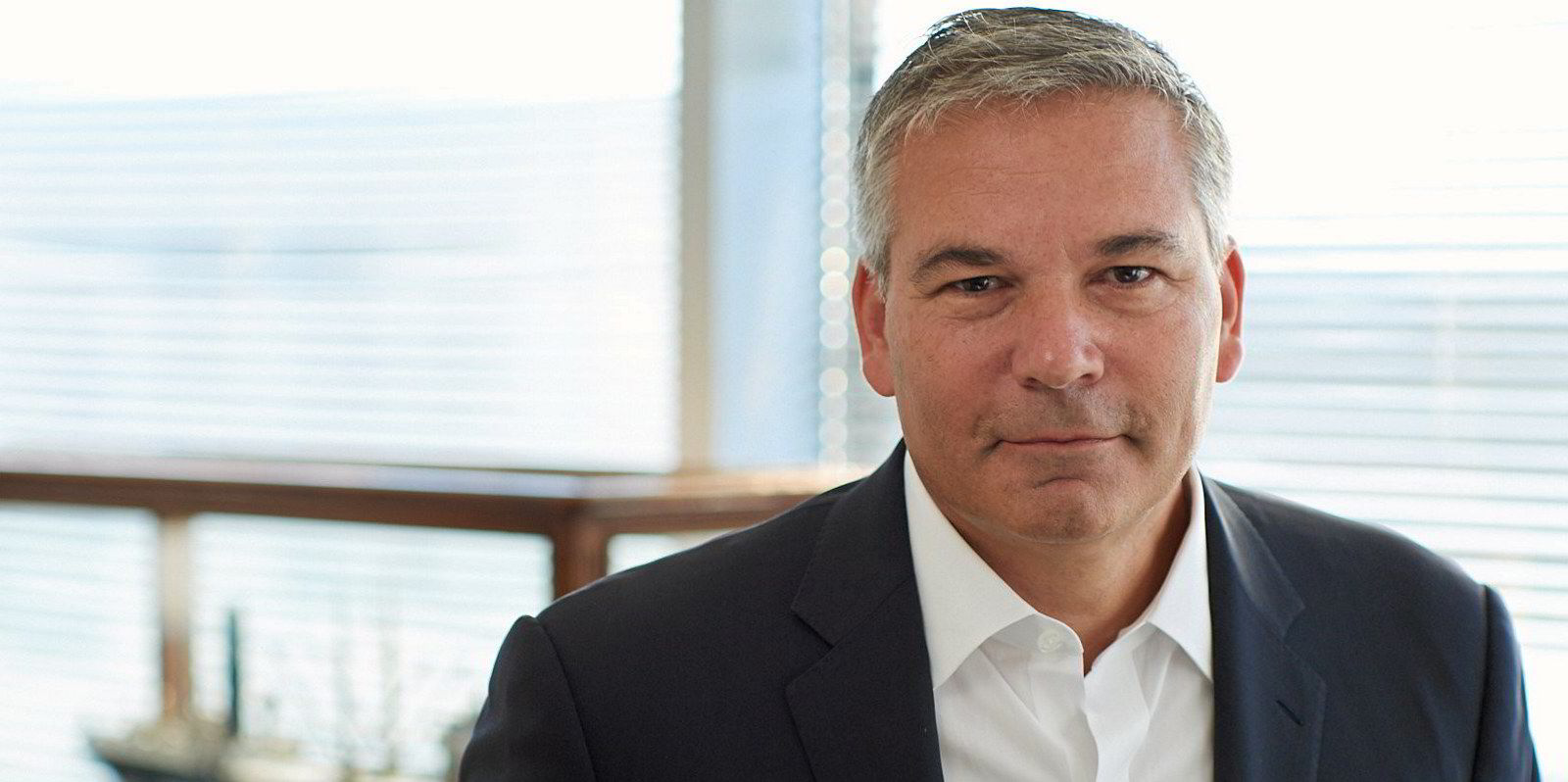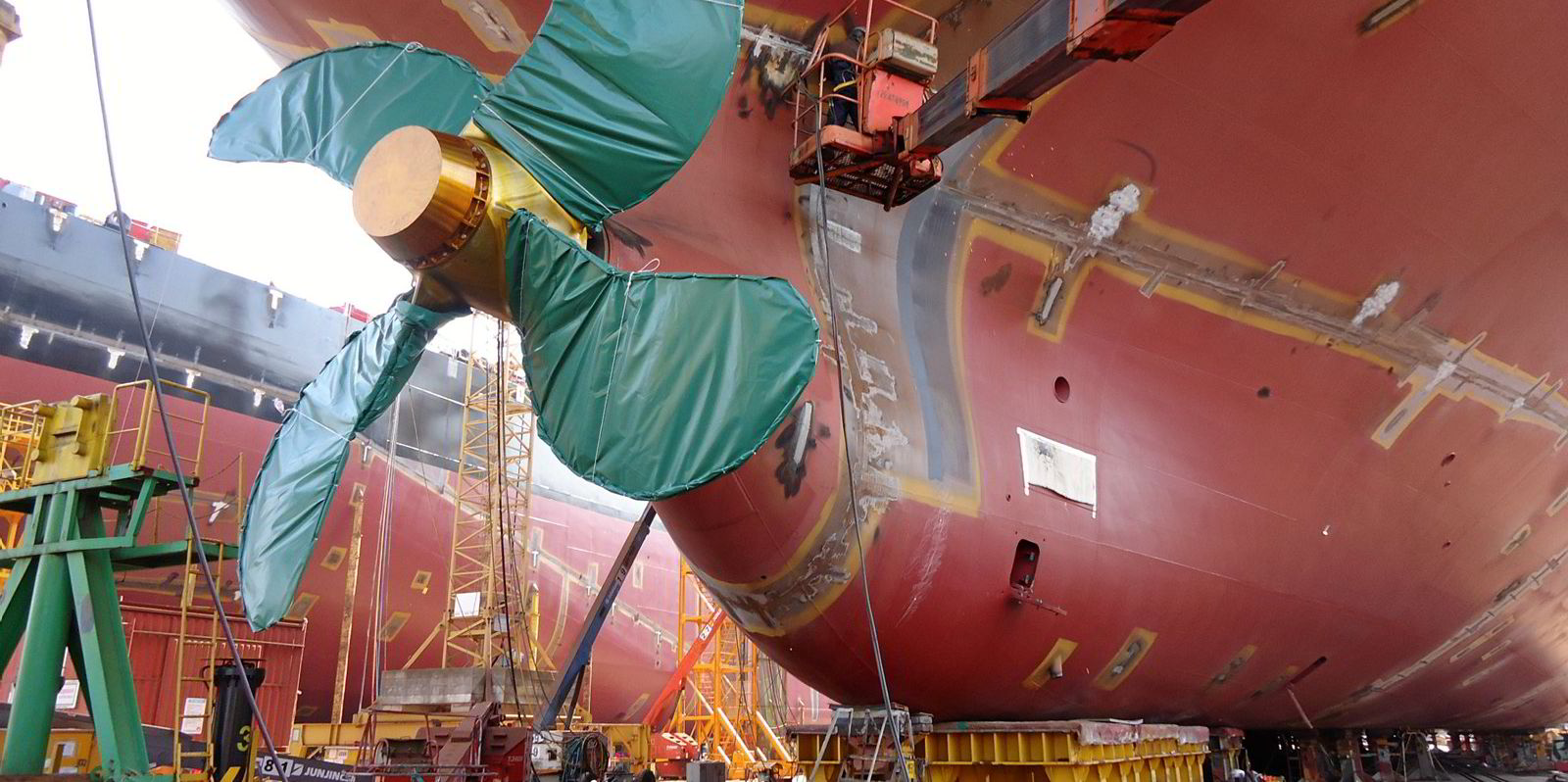Dry bulk shipowners are not rushing to the yards to order new tonnage, despite enjoying a booming sector in which spot rates have doubled in the past month.
They are instead looking to secondhand ships for asset play to remain nimble in the sales-and-purchase market while waiting for pending environmental regulations to take hold.
"If you buy a secondhand ship — maybe you made a booboo maybe you feel uncomfortable with it — you go into the secondhand market and you get rid of it," Goodbulk chief executive John Michael Radziwill said.
"With the newbuilding, you're like a deer in front of headlights."
Secondhand ships allow owners to fix a secondhand vessel at $40,000 per day right now instead of waiting two years to get maybe $15,000 per day on a newbuilding order, he said.
"You have tons of optionality," he said on Tuesday as a panellist for a talk on dry bulk shipping at Capital Link's 13th annual New York Maritime Forum.
The three-day conference is being held online to Thursday afternoon for Covid-19 safety.
"I see no reason to oversupply our market," he said.
"The reason why we're in this place is because we had restrained on newbuilding orders, so don't go out and make the same mistake now."
Spot rates for capesize bulkers have reached highs unseen since 2008 amid a perfect storm of low supply, high demand and supply-chain disruption.
The capesize 5TC, a spot-rate average weighted across five key routes, fell 3.9% to $79,535 on Tuesday, according to Baltic Exchange data.
That is still almost double what it was a month ago at $40,518 per day on 8 September.
New regulations on the way
Owners should hold off on ordering new tonnage since regulations will probably require zero-emission ships by 2050, said Gary Vogel, chief executive of Eagle Bulk Shipping.
"I think every newbuilding decision is a decarbonisation opportunity," he said.
"Waiting and understanding what's available in terms of zero-emission ships in just a couple of years I think is a huge opportunity, and I think we all should focus on that opportunity."
In the meantime, owners should minimise carbon emissions from secondhand ships through slow steaming and other measures, said Martyn Wade, chief executive of Grindrod Shipping.

"It doesn't make any sense at the moment to speed up," he said.
"Demand is there, and we are satisfying the demand in the best way we can."
Seanergy Maritime Holdings, a pureplay capesize owner, has invested $160m this year on six secondhand ships while selling one ship to expand its fleet to 16 capesizes.
Chief executive Stamatis Tsantanis said his company is waiting to see new advancements in carbon reduction before it starts committing to newbuilding orders.
"Once we have clarity on what's going to be the technology of tomorrow and what's going to be the prevailing ship — the model of which we still don't feel comfortable as a company —then we can consider on the basis of financial returns if that makes sense or not," he said.






